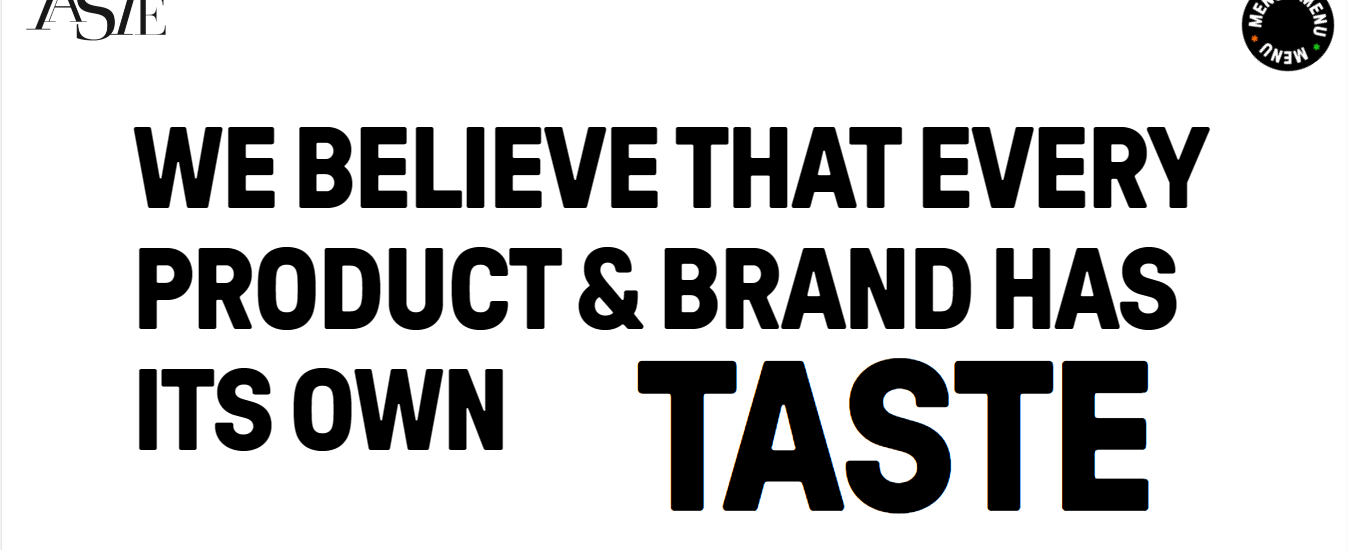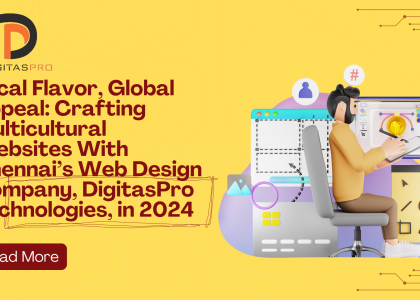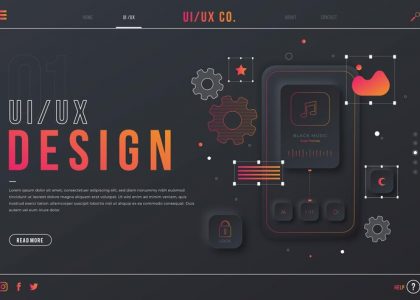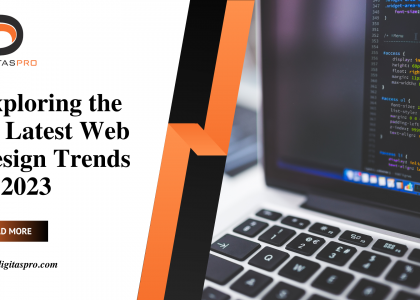


Welcome to our monthly design trends update! In this blog post, we will discuss three essential design trends that are making waves in October 2023. Whether you are new to the concept of design or a seasoned professional, these trends will surely inspire you and elevate your work to the next level. So, let’s dive in!
Neumorphism is a design trend that combines elements of skeuomorphism and minimalism to create a modern and visually appealing user interface. It uses soft shadows, gradients, and subtle highlights to give elements a three-dimensional and tactile appearance. Neumorphism offers a unique blend of realism and simplicity, making it a popular choice for various applications in web and mobile design.
To incorporate neumorphism into your designs, consider using light colors for background elements and contrasting dark colors for interactive components. Experiment with soft shadows and gradients to create a sense of depth and physicality. However, be mindful not to overdo it, as excessive use of neumorphism can hinder usability and accessibility.
Dark mode has been gaining significant popularity over the past few years, and it remains a dominant trend in October 2023. Dark mode provides a stylish and visually pleasing alternative to the traditional light theme. Not only does it offer a modern and sophisticated look, but it also has practical benefits such as reducing eye strain and saving battery life on devices with OLED screens.
Implementing dark mode in your designs requires careful consideration of color contrast and readability. Opt for lighter text and icons on dark backgrounds to ensure legibility. Additionally, make sure to provide users with the option to switch between light and dark modes, allowing them to customize their experience based on their preferences and environment.
Microinteractions refer to small, subtle animations and feedback that enhance user experience and make interactions more engaging. These tiny details, such as button hover effects, like animations, and loading spinners, may seem insignificant at first glance but can have a profound impact on how users perceive your website or application.
When incorporating microinteractions, focus on adding meaning and delight to user actions. For example, when a user hovers over a button, consider animating it slightly to provide visual feedback and indicate interactivity. Alternatively, when a user completes a task successfully, showcase a well-designed animation to reward and motivate them.
In conclusion, these three design trends – neumorphism, dark mode, and microinteractions – are essential considerations for any designer in October 2023. Incorporating these trends into your designs can help you create visually stunning and user-friendly experiences. Remember to strike a balance between aesthetics and usability, as ultimately, design should serve the purpose of improving user engagement and satisfaction.
If you want to delve deeper into these design trends, we recommend exploring design blogs, attending webinars, and experimenting with the latest design tools and software. Keep evolving your skills, stay updated with the current trends, and most importantly, enjoy the ever-changing world of design!
Stay tuned for our next update, where we will explore even more exciting design trends. Happy designing!
Responsive web design is an approach to design and development that ensures a website adapts and displays optimally on various devices and screen sizes, including desktops, tablets, and mobile phones.
UX design focuses on creating a positive and intuitive user experience. It includes considerations such as usability, accessibility, and user satisfaction, all of which are crucial for the success of a website.
Optimizing images, using content delivery networks (CDNs), minimizing HTTP requests, and reducing server response times are some strategies to improve website loading speed.
UI (User Interface) design focuses on the visual and interactive elements of a website, such as buttons, icons, and layout. UX (User Experience) design is concerned with the overall experience and usability of a website, including how users navigate and interact with it.
Wireframes are basic, low-fidelity sketches or diagrams that outline the structure and layout of a web page. Mockups are high-fidelity, visual representations that provide a more detailed view of what the final design will look like.
Ensure your website follows web accessibility standards, such as WCAG (Web Content Accessibility Guidelines). This includes providing alternative text for images, using semantic HTML, and ensuring keyboard navigation is possible.
SEO (Search Engine Optimization) involves optimizing a website’s design and content to improve its visibility in search engine results. This includes keyword optimization, mobile-friendliness, and site speed.
Branding in web design helps create a consistent and memorable visual identity for a business or organization. It includes using logo, color schemes, and typography that align with the brand’s identity.



